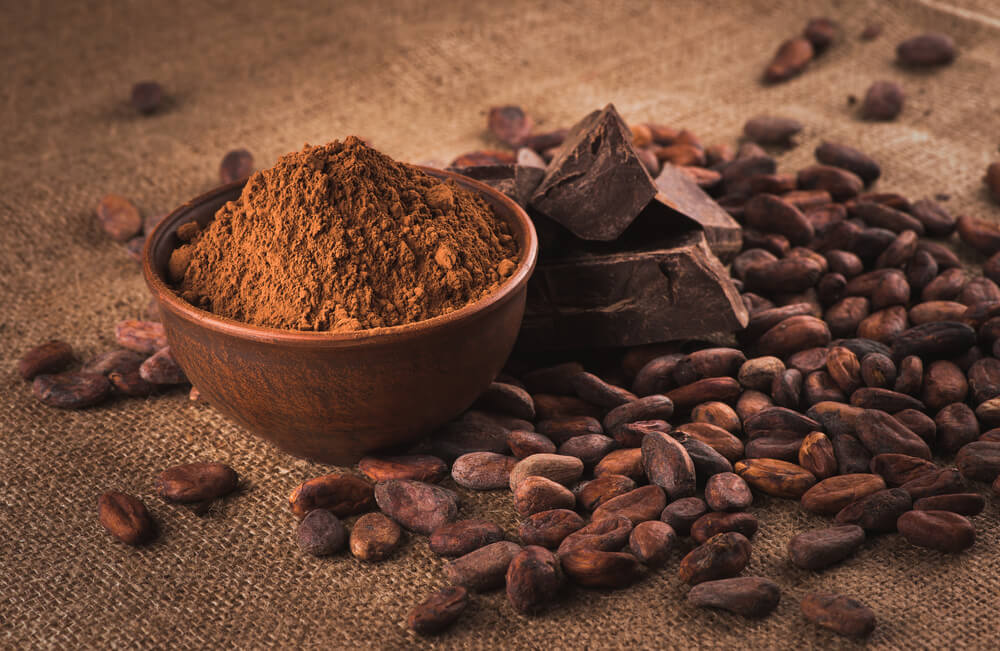On Thursday, cocoa prices went up amid issues regarding weaker crop supplies, and ICE-monitored inventories consistently declined.
Cocoa futures prices for December delivery rose by 0.03% to $3,639.00 per metric ton on August 31’s Asian afternoon session.
Over the past three months, the primary chocolate-making ingredient’s price spiked due to recent excessive rain in West Africa. As a result, it quickened the spread of black pod disease, causing the crop’s pods to turn black and rot.
Another issue, the spread of the swollen shoot virus, negatively affects cocoa from the Ivory Coast. It is transmitted by mealybugs feeding on the plant’s sap, reducing crop yields, and eventually killing the plant. According to experts, the virus infected 20.00% of the Coast’s crop.
The disease being pushed by extreme wet weather could lead to lower cocoa quality and production. It could drive a deficit in the market for the third year in the 2023/24 season.
Moreover, threats of weaker production in Ghana, the second largest producer in the world, are bullish for prices. Based on regulators, it is unlikely for the farmers to complete some of their second-season contracts. They added that the country postponed 44,000 MT of shipments to future seasons amid supply shortages.
Ghana’s 2022/23 cocoa crop is anticipated at 650,000 MT, marking a 13-year low. Experts said this was driven by a lack of fertilizers and yield-damaging disease.
Europe and Russia Drive Cocoa Prices Higher
According to a popular magazine publication, Russia played a role in pulling up cocoa prices. It noted that chocolate manufacturers in Europe placed fewer orders for the crop last year.
The weak demand was amid concerns of energy shortages and price spikes that affected workers and factories. Besides, Europe is known for being where a significant percentage of the commodity is imported.
However, Europe managed to move away from Russia’s fuel and found other energy sources. The magazine added that chocolate companies kept their factories running when fuel prices dropped in 2022. This was driven by competition for the limited cocoa supply.











